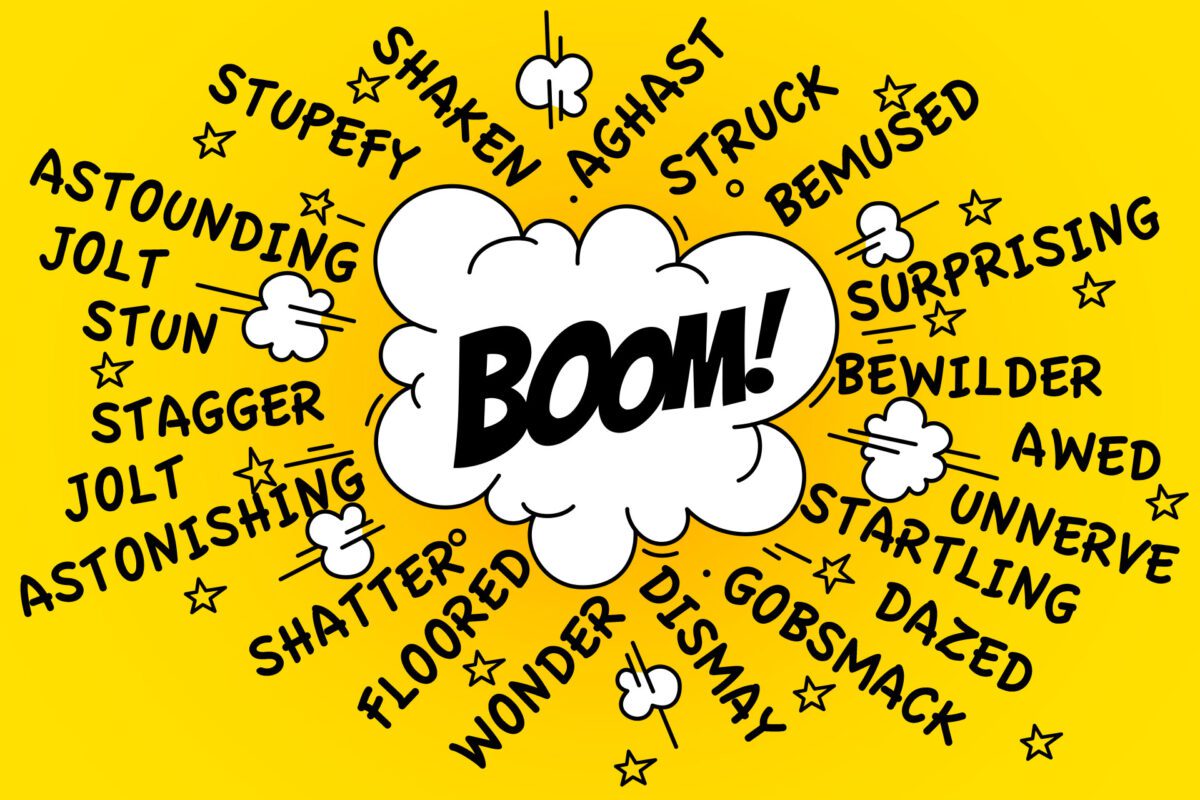Subject: Literacy – reading and writing
Topic: Creativity
Year Group: KS1 & KS2
Synopsis: Creative writing is a great way to inspire children to express themselves, put their literacy skills to use and a good activity to encourage lots of reading. Jacob Turner has run Tower Hamlets’ Schools Library Services writing competition for several years and read almost all the entries (even the ones with really challenging handwriting…) so here suggests tips for teachers wanting to inspire their students to write creatively.

Jacob Turner
Tower Hamlets SLS
Librarian’s view:
Creativity – the act of creating something new – is something personal and exciting, so don’t make it a normal lesson. An original creative writing piece is something that the writer has to own. In most cases school can seem the antithesis of this for children who are set clear rules of what they must write, what is a right and wrong answer, and when even creativity is strictly marked and moderated. I can always spot where students have been trained to insert the correct number of ‘WOW!’ words into a sentence, because what could have been a powerful scene ends up as an explosion in a thesaurus factory.
It’s good to ensure that children understand this, although there are still some rules to be followed such as:
- story structure
- spelling
- grammar
- factual accuracy if the writing relates to the real world/ history, etc
But all the writing and ideas are their own to express as they wish. To help nurture your children’s writing talents you might find these ideas below inspiring.

Use a common theme
A common theme has many advantages. It can help to keep children focussed on the task – a completely open-ended ‘write whatever you want’ exercise can be especially tricky for some children, especially less-confident ones. Being overwhelmed by choice can result in even the best writers falling back on familiar themes and topics and not pushing themselves. Working to a theme doesn’t have to be restrictive – especially if within this theme, they have a choice of style and genre.
Themes in my Schools Library Services writing competition are like book titles, they are chosen to inspire and hint at different levels of meaning while also appealing to different age groups. For example, our latest comp, ‘In this, our city’, was intended to create a common ground for the writers (they all have cities in common as they all live in one), and it also hints at community and identity. Writers were also given plenty of prompts related to the theme (see below).
If you’re choosing a theme, ensure it’s exciting. Don’t just use the name of the class topic! For example, just having the words ‘World War Two’ as a starting point isn’t particularly dynamic and children will approach it as they’d approach writing an essay instead of letting them put some passion into their writing. Instead, try taking a choice line from a speech made during the war years – after all, these were written to inspire – such as:
- “…Which the world will never forget”
- “The outrage of our nation”
- “Blood, toil, tears and sweat”.

Encourage the use of a genre
If you’re starting with a genre like Ghost stories or Fantasy, you’ll need source material – books are good, although this might include evocative images, artwork, music or objects – as long as they can be linked to the genre. Discuss the worlds and stories that these examples conjure up and if the discussions turn to familiar tropes, try to turn them on their heads – challenging stereotypes and letting children know that they can break conventions is a great way to ensure that you get imaginative stories and original ideas.

Get reading
Find books that are linked to your theme or genre, although this can be obvious or subtle. The more children read, the more confident they’ll be as writers as they experience new wordplay or ways of storytelling. Choose as diverse a range of authors as possible – books are windows on to new worlds and authors will be putting their own experiences into their work.
Use picture books, even for older children – picture books are great examples of how to introduce characters and construct a whole story in just a few hundred words. Also use short stories, including myths and legends.

Illustrated work and comic books
Publishers have discovered that comic books and graphic novels are popular and illustrated books for older readers are still being published all the time. If a picture is worth a thousand words, then why not use them to help set the scene in a short story? If children are producing comic books, make sure they have plenty of examples to see and that they know how to structure a page. Three important rules for drawing comics are:
- Don’t have too many frames per page
- Leave room for speech bubbles
- Work on a large enough page.

Teach the basics
Make sure children know the basics of how to introduce characters and how to structure a story – the classic three act structure can be enough and can be found in even the simplest stories.
- Introduce the character and situation. A dramatic situation occurs.
- The main character attempts to resolve the situation but is unable to. The character undergoes their journey and develops in order to deal with the predicament.
- The predicament is resolved.
All too often – especially with short stories – children start off with a fantastic opening but end up having to end with the words, ‘To be continued’ or ‘And then I woke up’ ending. A story doesn’t necessarily have an ending, but the writing needs a satisfying conclusion. Encourage your writers to draft an outline so that they know the beginning, middle and end before they start to write.
There are plenty of online resources – BBC Bitesize, for example has both KS1 and KS2 targeted modules, or you could…

Get an author involved
Why not get a professional on board? An author can inspire children and give practical advice based on their own experience of being a writer. If the school is already planning an author visit, try inviting in someone who can run a practical workshop – perhaps in writing a character or exploring a genre that they’re known for writing in. Workshops are a lot of effort to plan, so these are not something a school should expect in a freebie visit.

Independent writing or guided writing?
One year we received many competition entries from a school that all started with the same two lines and featured the same main character with the same arc. Although the writing was good, almost every story was almost identical. This was a disadvantage for the children entering the competition as one of the judges’ criteria was ‘an original approach’! Even if it wasn’t for a competition, guided writing can still be problematic as we saw that only the most rebellious children dared stray from the template.
A choice of opening lines can be a great aid for both confident and less-confident writers, but why not construct them in the same way as you would the competition theme? If you’re giving an opening line to a whole class, make sure it’s one that will empower every child to continue it in a different direction.

Is it for a competition?
If your children are writing for a competition, make sure you read the rules, because it’s unlikely that they will. Make sure they’re aware of the word count, any theme or genre, and the deadline. Let them know that all their work may be wasted if they don’t stick to these rules.

Prepare to be surprised
Every year when I send lists of competition winners out, I get at least one. “Well, I’m surprised that they won a prize!” response. According to their English teacher, one particular first prize winner rarely turned up for their lessons on time (and they forgot to turn up to the prizegiving, too), but we discussed how taking part in a writing competition was one of the rare opportunities that they had to express themselves through writing, and therefore see the value of writing. Every year I make an effort to decipher abominable handwriting because it could be hiding a minor masterpiece.
Given the opportunity, children can reveal a lot about themselves through their writing, and it may become very personal. Let them use this as a pressure-release valve, or to work through things that they are puzzling out, or to reinvent stories they’ve read or heard elsewhere. On a serious note, I’ve had to contact schools on a number of occasions regarding safeguarding issues raised by the competition judges – not in the sense that writing needs to be censored, but because when a pupil writes in uncanny detail about their main character being bullied or abused, you can never tell that it’s not a cry for help.
Indeed, be prepared for plenty of no-holds-barred content from children who are fascinated by the darker and scarier things in life. After all there’s no need to worry as so many of our favourite and most popular books for children are a veritable catalogue of unpleasant and traumatic events. That’s what makes reading and writing so powerful a teaching and learning experience.
But children’s writing isn’t going to be all doom and gloom; expect bizarre humour, inexplicable twists, off-the-wall plots and startling insight written by young people who are still learning (or still able to get away with ignoring) all the rules.

Need help with creative writing in your school?
Most School Library Services have options for collaborating in schools via a mix of paid for or funded projects. To find out more get in touch via our enquiry form and we will do our best to match you with a local provider. Good luck all.

